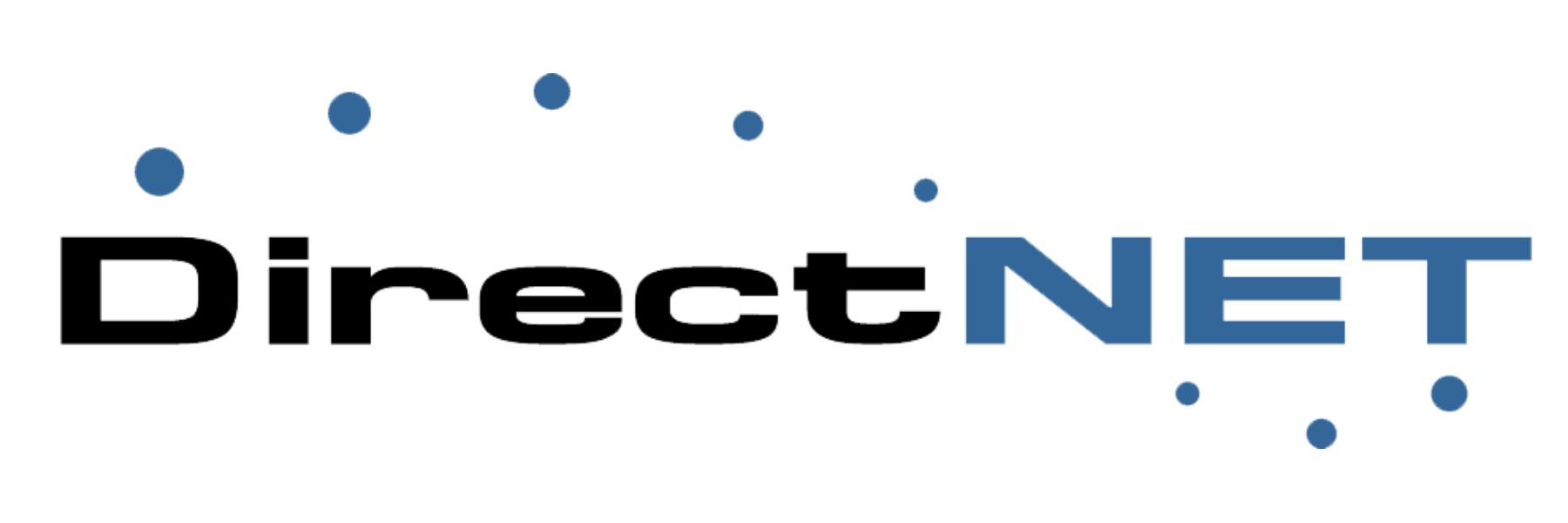What are Console Servers?
Console servers (also called RS232 aggregators, terminal servers, or secure console servers) provide out-of-band management for switches, routers, and other command-line controlled devices through a secure shell or SSL browser session. Remote console and console server management products are some of the industry’s most intuitive solutions for managing command-line devices.
These devices are differentiated by their method of access, as well as how they are aggregated for centralized management. The key differentiating attributes across console servers are as follows:
- Physical Redundancy: Power supplies, consoles and hard drives, modem access, port buffer allocation
- Method of Access: Telnet, SSH, or browsers
- Accessibility: port-level security, external authentication, and port log size
CLI Device in A KVM Environment
If you have only a few CLI devices mixed in with a predominately KVM installation, an ASCII terminal converter will give you an inexpensive way to gain console control. These devices allow you to manage your serial devices, such as routers and hubs, through your KVM infrastructure. This approach will enable complete control of your KVM and serial assets thought a single analog interface.
Learn about specific examples of console server usage.
The challenges that companies face range from supporting rapid growth and reducing costs, to accessing and managing servers around the world. Take these real world examples of console server usage and how companies were able to purchase the right console server for their specific needs, and benefit greatly from the outcome.
Take a look at Vonage, a pioneer in the broadband phone industry. They needed to accommodate their rapid growth, restore IT assets faster, and reduce costs. They had a growing service area and needed to support this geographically through data centers around the world.
The Solution: Vonage deployed consoler servers’ specific to their needs to access and manage remote IT assets from a centralized location. Therefore, a skilled administrator was able to catch and fix problems right away, ensuring 24/7 phone service availability.
DTS, Inc., a digital technology company dedicated to delivering the ultimate entertainment experience, had an interesting challenge. While they had remote access, they really needed remote console access – a way to solve problems without physically having to stand in front of that particular server.
The Solution: DTS found a console server that offered pure remote console access with virtual media capabilities, remote management for virtual servers, integrated power management and advanced security features. Rather than having their administrators’ time consumed on one task, they saved almost 50 hours a year by having them load software from their desktop and continue on with their daily tasks.
Telefonica Deutschland GmbH, the largest alternative carrier in Germany as measured in online minute volume, needed a better way to manage servers globally.
The Solution: Telefonica went with a console server that allows for enhanced functionality with support for many interface cards and product features, including offline data buffering and scripting. This led to cutting actual site visits in half, not only saving precious time, but money.




